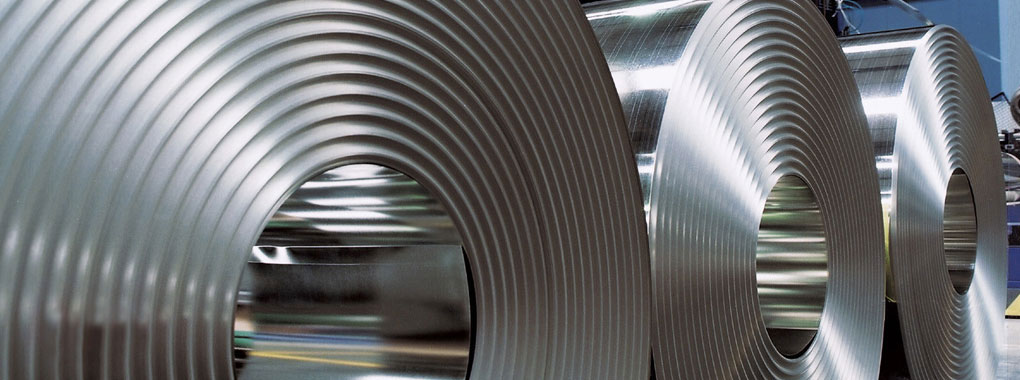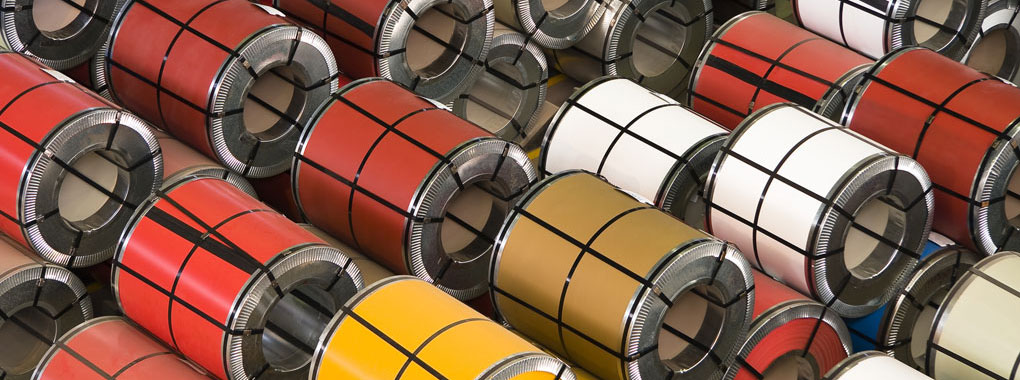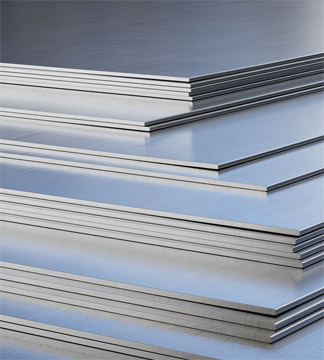Mô tả
1. OVERVIEW OF TINPLATE
Tinplate is a thin steel sheet coated with a layer of tin. This material is commonly used in the production of food and beverage cans as well as other packaging applications. Tinplate is preferred over other materials because it is durable, lightweight, and corrosion-resistant, ensuring that the contents inside the can remain fresh.
Tinplate was first developed in the 17th century, but it was not until the 19th century that it became widely popular as a packaging material. At that time, food manufacturers were seeking ways to preserve their products for longer periods, and tinplate provided the solution. By the 20th century, tin cans had become the standard for food packaging due to their ease of production and affordability.
Today, tinplate continues to be widely used in the food and beverage industry, as well as in the production of aerosols, paint cans, and other types of containers. The manufacturing process of tinplate involves rolling steel into thin sheets, which are then coated with tin. This is typically done through an electroplating process, in which the steel is immersed in an electrolyte solution containing dissolved tin ions, and an electric current is applied, causing tin to deposit onto the surface of the steel.
Overall, tinplate is an essential material in the packaging industry, providing a reliable and cost-effective solution for preserving and transporting a wide range of products.
2. MANUFACTURING PROCESS OF TINPLATE
Tinplate is produced through the following main steps:
- Base steel preparation:
Cold-rolled steel of high cleanliness is used, with thickness typically ranging from 0.15 mm to 0.50 mm (0.18 – 0.20 – 0.22 – 0.25 – 0.28 – 0.32 – 0.36 – 0.40 – 0.45 – 0.50 mm).
The steel surface is thoroughly cleaned through pickling and alkaline washing.
- Tin coating:
The base steel is dipped or coated with a thin layer of tin (Sn) using an electrolytic process.
The tin layer thickness typically ranges from 1.0 g/m² to 15.0 g/m², depending on application requirements.
- Post-coating treatment:
Chemical passivation: Creates an additional protective layer against oxidation.
Light heat treatment: Improves adhesion of the tin coating and enhances mechanical strength.
Protective oil coating: Reduces friction and extends product lifespan.
3. FEATURES OF TINPLATE
- Corrosion resistance: The tin layer protects the base steel from rust, especially in humid environments.
- Food safety: Tin is non-toxic and suitable for the food packaging industry.
- Ease of processing: Can be bent, stamped, or welded without damaging the coating.
- High aesthetics: Smooth, shiny surface that provides a premium appearance.
4. PARAMETER OF TINPLATE
|
Standard |
JIS / EN / ASTM Standard |
|
Grades |
Electrolytic Tinplate and Tin Free Steel according to JIS G3303, T1-T5, OR DR. |
5. APPLICATIONS OF TINPLATE
- Food packaging industry:
Canned food (meat, fish, fruits).
Milk powder cans, confectionery boxes.
- Chemical & cosmetics industry:
Paint cans, lubricant containers, and chemical packaging.
- Household products:
Production of trays, spice containers, or kitchenware.
- Electronics industry:
Used in protective components for circuit boards and electronic devices.
.png)



-480x320.jpg)

